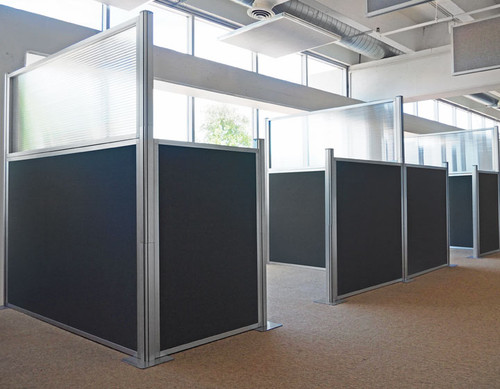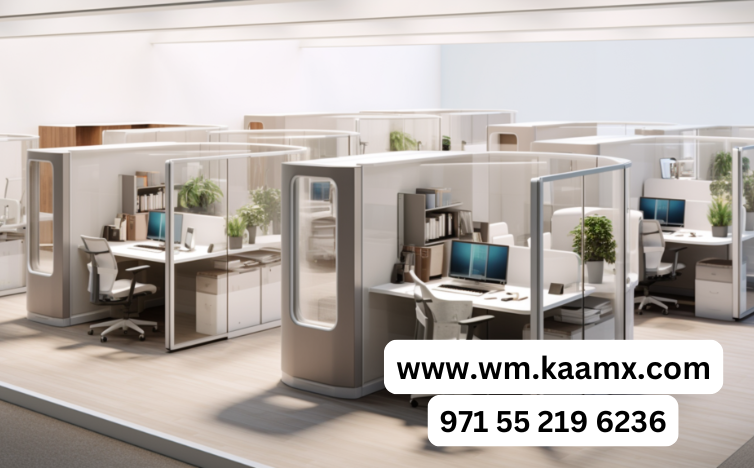In an open office environment, noise can be a significant distraction. Soundproofing office cubicles is essential for creating a more focused, productive, and comfortable workspace. This guide will explore various methods to reduce noise and improve acoustics in office cubicles.
1. Understanding the Need for Soundproofing
Open office layouts are popular for their collaborative environment, but they often come with the downside of noise. Conversations, phone calls, and office equipment can create a distracting atmosphere, leading to decreased productivity and employee dissatisfaction. Soundproofing office cubicles can mitigate these issues by reducing noise levels and creating a more private space for employees to work.
2. Choosing the Right Soundproofing Materials
When it comes to soundproofing office cubicles, selecting the right materials is crucial. Acoustic panels, soundproofing partitions, and cubicle wall extenders are some of the most effective options. These materials are designed to absorb sound and prevent noise from traveling between workstations. High-density foam panels or mass-loaded vinyl can also be added to cubicle walls to further enhance sound insulation.
3. Installing Acoustic Panels
Acoustic panels are an excellent solution for reducing noise in office cubicles. These panels can be attached to the walls of the cubicles to absorb sound and minimize echo. They are available in various sizes, colors, and designs, making it easy to integrate them into the office decor. Installing acoustic panels in key areas, such as around computer monitors or on the inside of cubicle walls, can significantly reduce noise levels.
 4. Using Soundproofing Partitions
4. Using Soundproofing Partitions
Soundproofing partitions are another effective way to block noise in office cubicles. These partitions can be placed between workstations to create a barrier that reduces sound transmission. They are typically made from materials like fabric-wrapped fiberglass or foam, which are excellent at absorbing sound. Some partitions are also mobile, allowing for flexible arrangements to accommodate different office layouts.
5. Implementing White Noise Machines
White noise machines can be a valuable addition to an office soundproofing strategy. These devices produce a consistent, low-level sound that masks distracting noises, making it easier for employees to focus. White noise machines can be placed on individual desks or positioned strategically throughout the office to create a uniform sound barrier.
6. Enhancing Privacy with Cubicle Wall Extenders
Cubicle wall extenders are an effective way to increase the height of cubicle walls, providing additional privacy and sound insulation. These extenders can be easily attached to existing cubicle walls and are available in a variety of materials, including fabric, glass, and acoustic panels. By raising the height of cubicle walls, sound is less likely to travel between workstations, creating a quieter and more private environment.
7. Incorporating Plants for Natural Sound Absorption
Plants are not only aesthetically pleasing but also serve as natural sound absorbers. Adding plants to the office space can help reduce noise levels by absorbing sound waves. Strategically placing plants around cubicles or using tall plants as dividers between workstations can enhance the overall acoustics of the office.
Contact Muhammad Shaheen Carpentry at 971 55 219 6236, and discover the transformative science of soundproofing for your space.
Conclusion
Soundproofing office cubicles is a crucial step in creating a productive and comfortable work environment. By implementing the right soundproofing materials and techniques, employers can reduce noise distractions, enhance privacy, and improve overall employee satisfaction. Whether through the installation of acoustic panels, the use of white noise machines, or the strategic placement of plants, there are many effective ways to create a quieter and more focused workspace.

